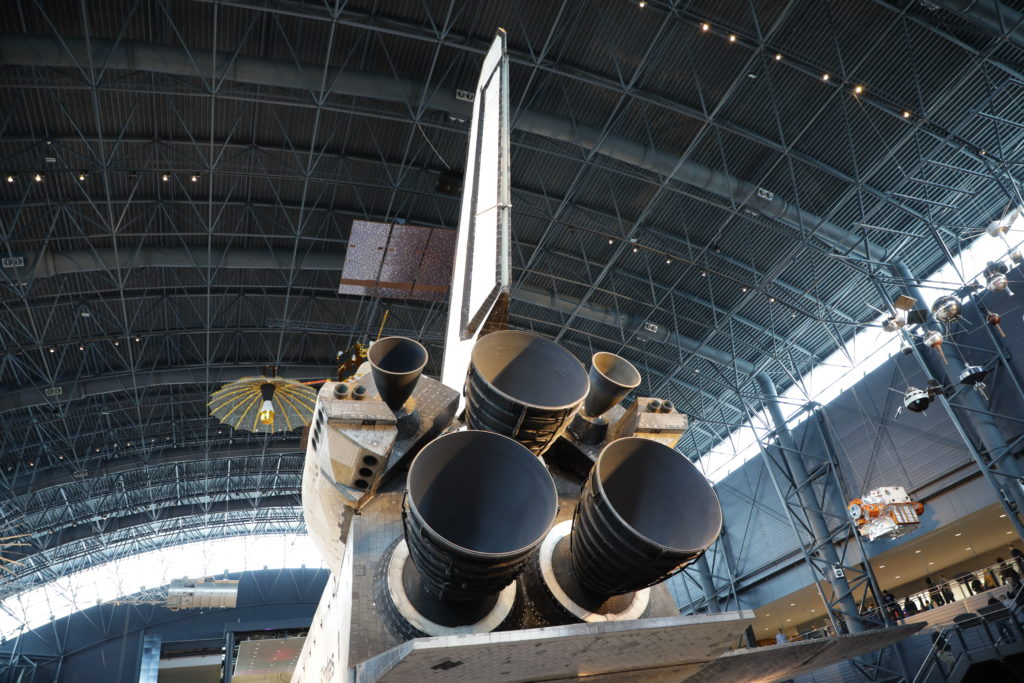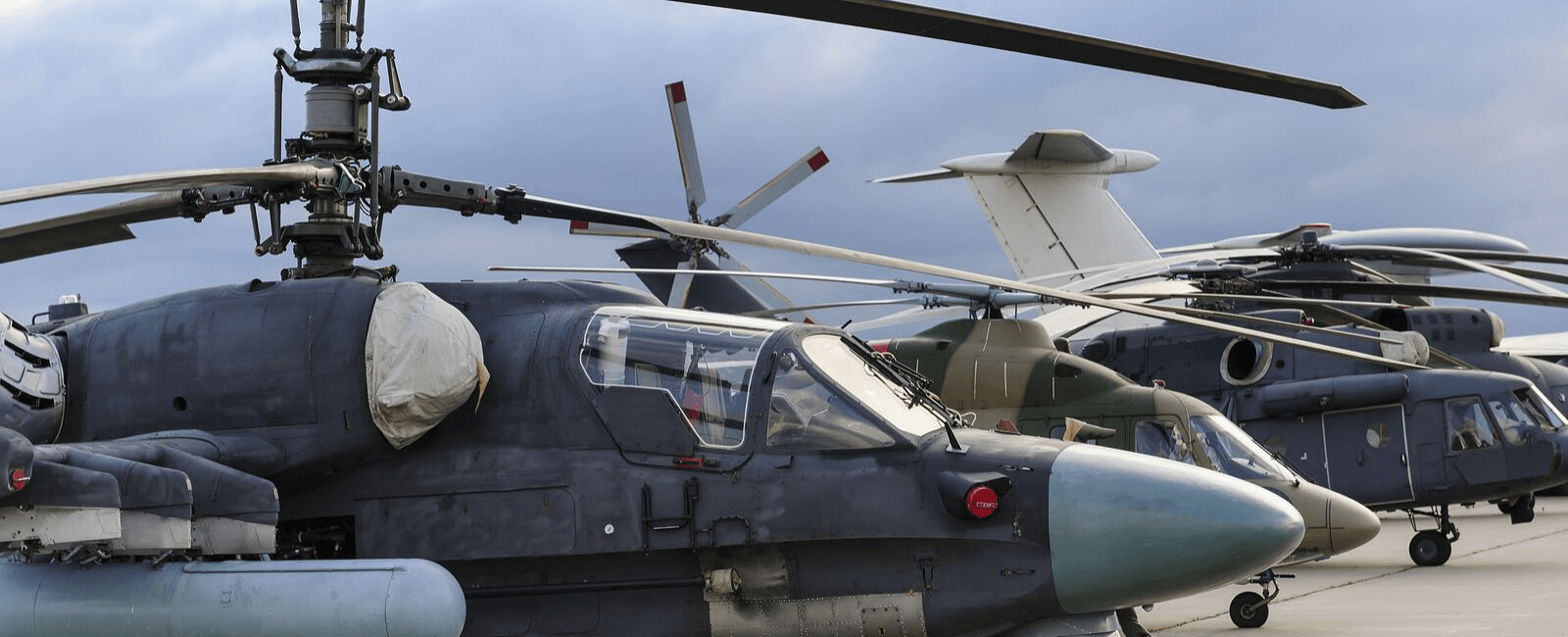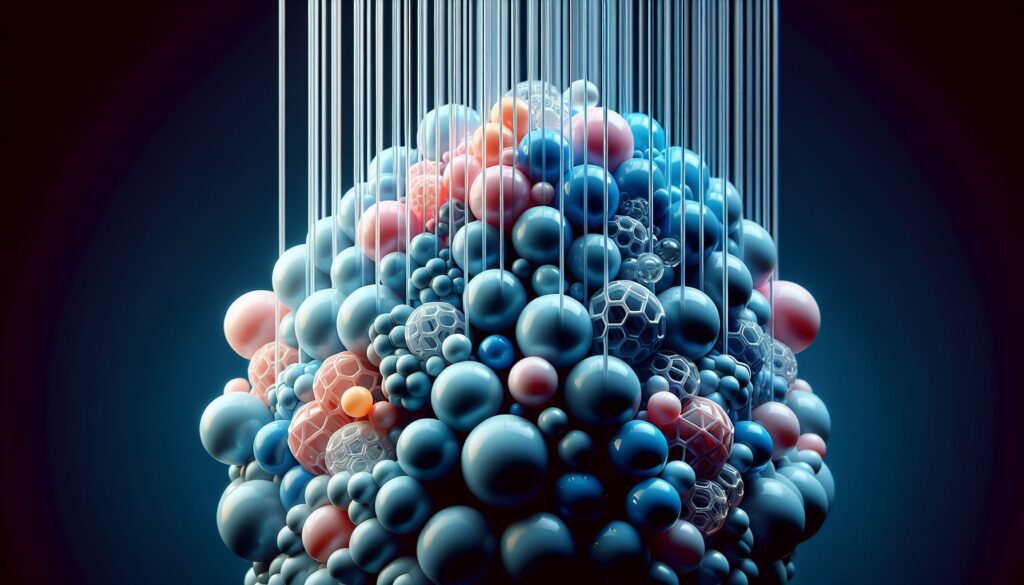In applications involving aircraft or space flight, selecting the right materials ensures performance and reliability under extreme conditions. Because of its special properties, engineers have found many applications for Kynar in aerospace.
Kynar, a highly durable fluoropolymer, is known for its exceptional chemical resistance, thermal stability, and ease of manufacturing. This blog post explores why Kynar has become a go-to for aerospace components, emphasizing its unique properties that make it easy to produce and reliable in demanding environments.
What is Kynar?
PVDF (Polyvinylidene Fluoride) has several trade names, including Kynar (Arkema), KF (Kureha), and Solef or Hylar (Solvay), although it is typically referred to as PVDF. It is a semi-crystalline fluoropolymer developed as a coating material by DuPont in 1948. During the years, Kynar’s usage has extended well beyond a high-performance coating. This is no small part due to its high manufacturability, including machining and injection molding.
PVDF is a highly durable, semi-crystalline fluoropolymer known for its exceptional resistance to chemicals, UV radiation, and weathering. It boasts high mechanical strength, thermal stability, and excellent dielectric properties, making it ideal for applications in harsh environments. PVDF is commonly used in piping systems, chemical processing, electrical insulation, and coatings, especially where high purity and resistance to aggressive chemicals are crucial. Additionally, it is easily processed through injection molding and extrusion, offering versatility for manufacturing.
Properties of Kynar
Kynar has multiple properties that make it an excellent choice for many aerospace applications, most of which are summarized below.
Mechanical and Physical Properties
PVDF (Kynar) posseses outstanding mechanical properties, including good tensile strength, excellent abrasion resistance, lightweight, and low density (1.78 gm/cm³), making it ideal for aerospace applications. It also has a high service temperature rating of 300°F and a low water absorption rate (0.4%), both of which enhance its performance in harsh environments.
Chemical and Environmental Resistance
One of PVDF’s most valuable features is its tremendous chemical resistance to a wide range of aggressive chemicals, including substances such as chlorine and hydrogen gases. It can also handle exposure to radiation, including outstanding resistance to UV radiation and weathering effects.
Thermal and Electrical Properties
PVDF (Kynar) possesses excellent heat resistance and thermal stability, making it ideal for situations where insulation is needed, and is why it is used so often in wiring and cabling. In addition, PVDF is flame-resistant, exhibits low smoke generation, and possesses a UL 94 V-0 rating, indicating it is both non-flammable and self-extinguishing. PVDF also exhibits high electrochemical stability.
Processing and Manufacturing
Kynar has a reputation for excellent manufacturability. It is highly machinable and has one of the lowest melting points, making it melt-processable and injection moldable. PVDF exhibits easy processing on industry-standard equipment, easy post-processing, and is recyclable.

Use of Kynar in Aerospace
There are several areas where Kynar is an ideal material:
- Pump assemblies
- Tanks and vessels
- Nozzles
- Sensors and actuators
- Fittings, pipes, tubing, and valves
- Membranes, including microfiltration membranes
- Filters and filter housings
- Liners and films
- Cable jacketing and harnessing
- Cross-linked closed-cell foam for use in Lithium-Ion batteries
Conclusion
In conclusion, Kynar (PVDF) is an exceptional material for aerospace applications due to its outstanding mechanical properties, chemical resistance, thermal stability, and ease of manufacturing. Its versatility and durability make it ideal for critical components such as pump assemblies, cable jacketing, and filtration systems.
If you’re looking for high-quality Kynar components or other advanced sealing solutions, contact Advanced EMC today to learn how we can meet your aerospace needs. From materials to machining and injection molding, let our team work with you to reach your design goals.


